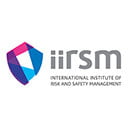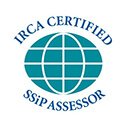Ask The Expert: School trust fined after pupil’s finger was amputated
A test will include the physical inspection and testing of electrical wiring installations such as circuits, main panels, distribution boards, lighting and, air conditioning and socket outlets. Along with specialist testing of RCDs and Arc Fault Detection Devices which form a crucial part of the safe operation of any electrical installation.
Periodic electrical installation testing by a competent electrician is required under the Electricity at Work Regulations and supports compliance with Health & Safety regulations and policy requirements for commercial insurers.
What does an electrical inspection involve?
Periodic inspection and testing should be carried out only by a competent electrician registered with an industry body.
A registered electrician will attend the worksite and inspect the electric condition against the UK standard for the safety of electrical installations, BS 7671 – Requirements for Electrical Installations (IET Wiring Regulations).
An Electrical Installation Condition Report (EICR) will then be supplied, detailing any observed damage, deterioration, defects, dangerous conditions and any non-compliances with safety standards that might give rise to danger.
If anything dangerous is found, the electrical installation’s overall condition will be declared ‘unsatisfactory’, meaning that corrective action is required without delay to remove the risks to those on the premises.
Please note that due to electrical circuits needing to be disconnected, it is best to plan for any disruption this might cause to your business day.




































